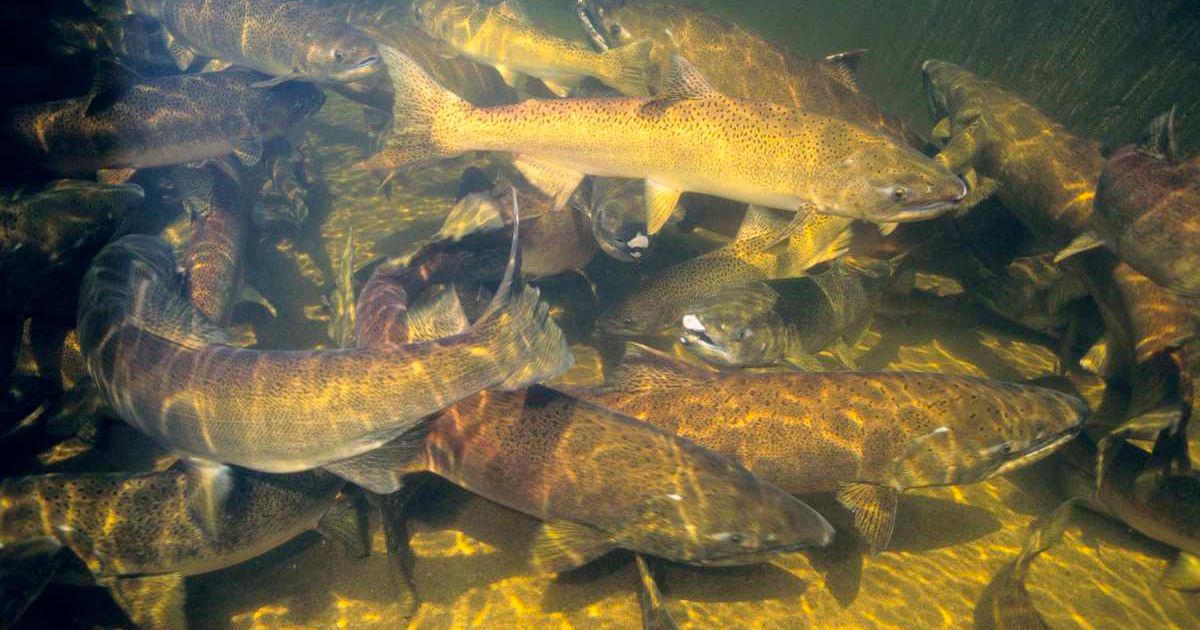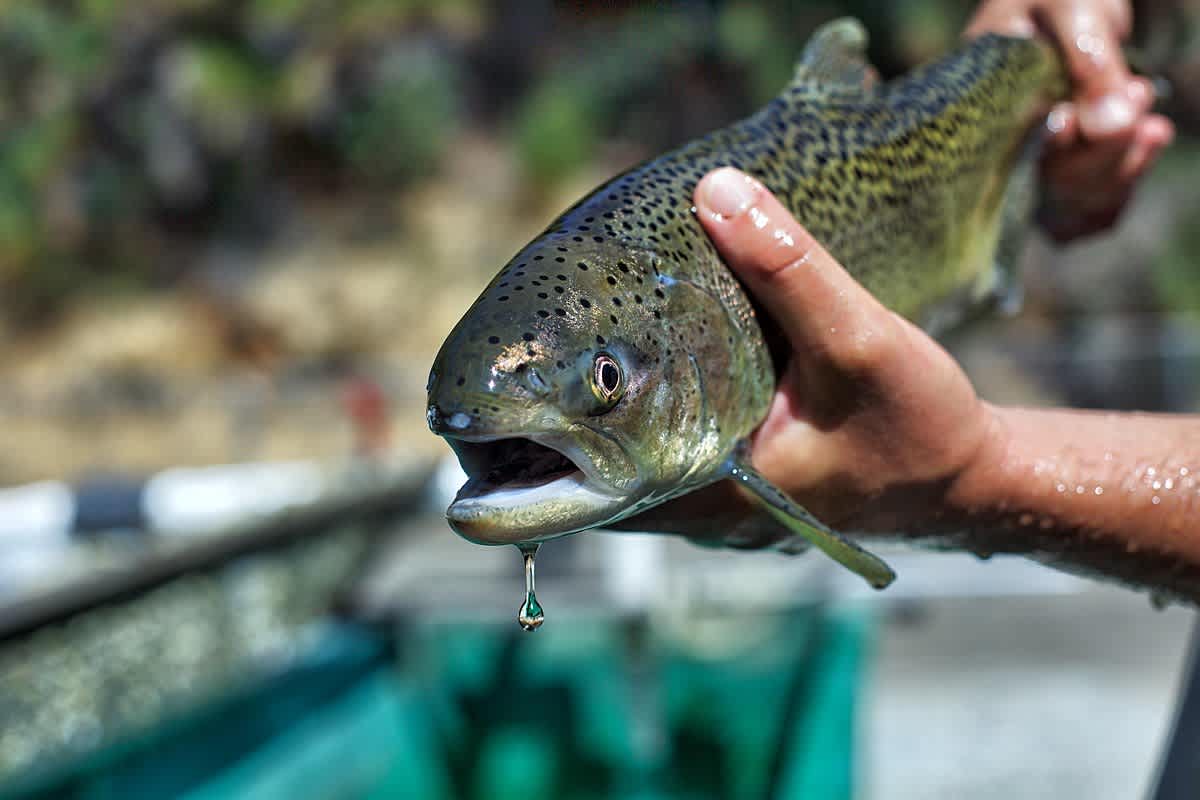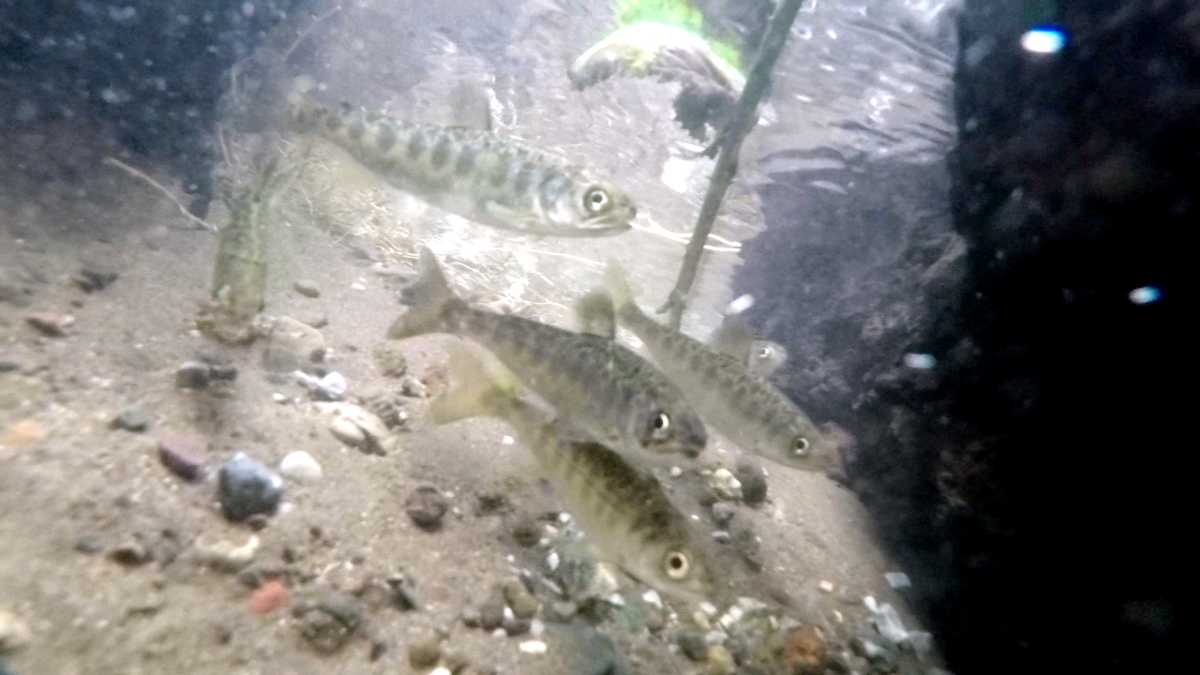Endangered Winter-Run Chinook Salmon Makes a Comeback in Northern California After a Century

Considering how climate change and human development are hitting species worldwide, stories of species making a comeback are a much-needed light of hope. One of these 'comeback kids' is winter-run Chinook salmon whose recent sighting has filled conservationists with optimism, according to IFLScience. The National Oceanic and Atmospheric Administration (NOAA) Fisheries has listed this subpopulation of Chinook salmon as endangered. The sighting was made in Northern California's McCloud River. The salmon had vanished from the region due to human development, and now, after decades, the California Department of Fish and Wildlife (CDFW) has seen an adult female and small males in the region.

Sighting of Winter-Run Chinook Salmon
The winter-run Chinook salmon reappeared in Northern California's McCloud River after around a century's absence, according to The Guardian. The adult female was observed near the Ash Camp, deep in the mountains, at the spot where Hawkins Creek and McCloud River meet. Officials claimed that the adult female was protecting her nest of eggs on the river floor. NOAA not only lists the species as endangered but also deems it to be at risk of "extinction" in the future. Several small males who seemed to be vying for a place in the river were also spotted in the area.
Why did these Salmon Become Endangered?
Winter-run Chinook salmon (Oncorhynchus tshawytscha) is a unique population that was once prosperous in California's Sacramento River System. These creatures stand apart from others of their kind because they migrate upstream in winter and spawn in summer. Since they spawn in summer, it is crucial for them to get cool water from springs, since spawn eggs cannot hatch in warm waters.
Unlike others in winter, they can't spawn anywhere and need those particular conditions in summer. The cool waters are typically found in the upper Sacramento River system, which includes the McCloud River during summer. Their summer movement was hampered in the early 1940s due to the construction of Shasta and Keswick dams. These dams blocked the paths of winter-run Chinook salmon, and they no longer had a suitable place to spawn, which over the years severely affected their numbers in the region.

Efforts of Reestablishment
For years, the Winnemem Wintu Tribe has been protesting the enlargement of Shasta Dam, which not only blocks migratory pathways but also heats the waters, making the place unsuitable for salmon egg spawning. Rebekah Olstad is a salmon restoration project manager working with the tribe who wants to apply ideas that allow salmon not only to spawn but also to complete a full lifecycle from ocean to stream. The tribe collaborated with NOAA Fisheries, the US Fish and Wildlife Service, and CDFW to fulfill this objective.
This sighting is likely a result of one of their projects, which involved planting and incubating Chinook's eggs in McCloud's cool waters. The creatures born from these eggs will then be transported manually downstream to the Sacramento River in Redding. Here, they will be freed to voyage into the Pacific. Researchers believe some juveniles born from eggs found their way into the Shasta Reservoir at the McCloud River.
The adult female must have been in the reservoir lake for a year before going into the upstream. Though these creatures did not arrive by migrating from the Pacific Ocean, the fact that they can survive in spawning waters is an optimistic sign. Other similar sightings have been observed in the North Fork of Battle Creek and the Klamath tributaries.
Olstad is also happy but believes that this phenomenon is just delaying extinction and not preventing it. "The salmon that exist right now, they don't know how to mountain climb, they don't know how to go up waterfalls because they're blocked," she said. "So it's generations and generations of eggs and salmon who don't have those genes anymore to be wild."